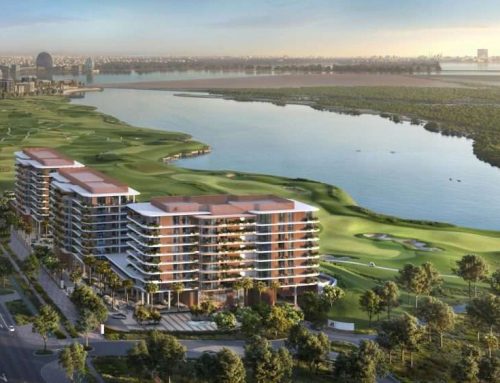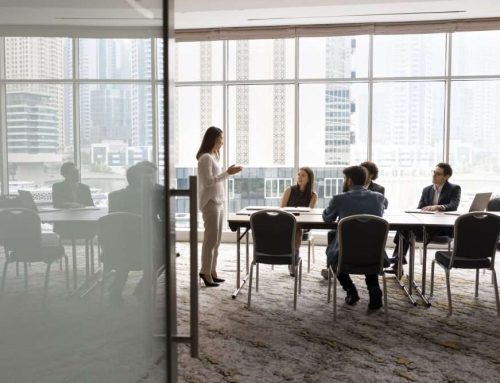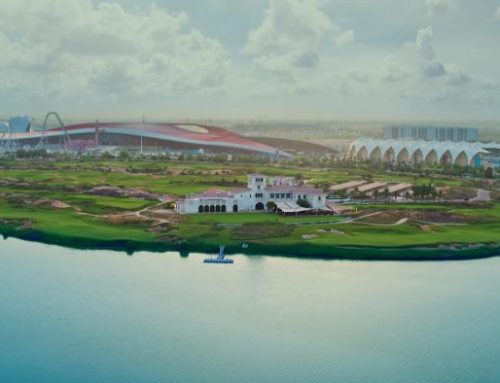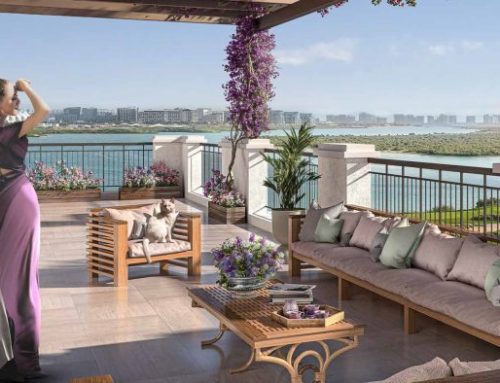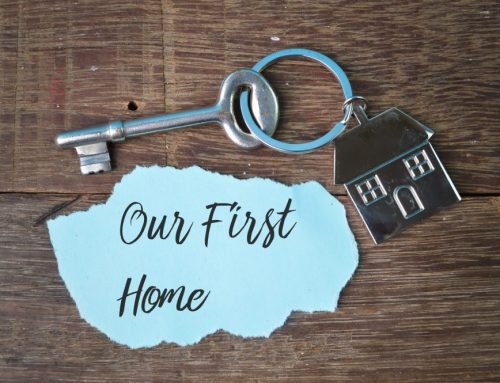The Rise of Sustainable Architecture in Abu Dhabi’s Real Estate Sector
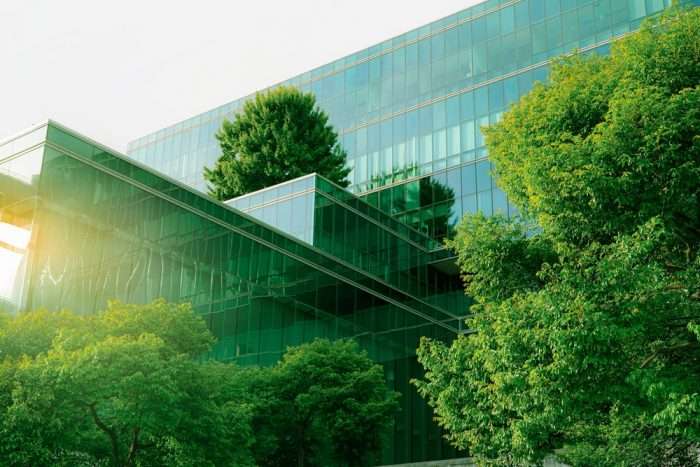
In recent years, Abu Dhabi has emerged as a global leader in sustainable architecture, revolutionizing the real estate sector with innovative, eco-friendly developments.
As the demand for environmentally responsible and energy-efficient buildings continues to grow, developers and architects in the region are embracing sustainable practices to create a greener, more sustainable future.
Emphasis on Energy Efficiency:
- Abu Dhabi’s scorching climate necessitates a significant amount of energy consumption for cooling buildings.
- However, sustainable architecture focuses on energy efficiency through the use of passive cooling techniques, intelligent design, and efficient building materials.
- Incorporating features such as well-insulated facades, shading devices, and reflective surfaces, these buildings can significantly reduce their energy consumption and carbon footprint.
Integration of Renewable Energy:
- Renewable energy sources, such as solar power, play a crucial role in sustainable architecture.
- Abu Dhabi has abundant sunlight throughout the year, making it an ideal location for harnessing solar energy.
- Many sustainable developments incorporate solar panels and other renewable energy technologies to power the buildings, leading to reduced reliance on conventional energy sources and lowering greenhouse gas emissions.
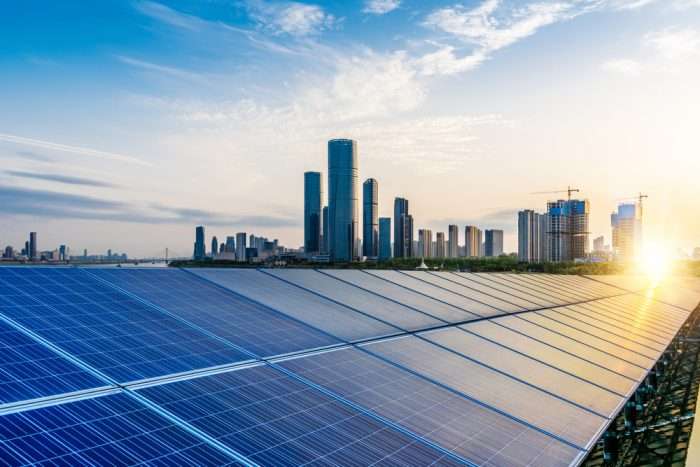
Water Conservation Strategies:
- As a desert region facing water scarcity challenges, Abu Dhabi has adopted various water conservation strategies in sustainable architecture.
- These include rainwater harvesting systems, greywater recycling, and efficient irrigation techniques for landscaping.
- By reducing water wastage, sustainable buildings help alleviate the pressure on local water resources and promote environmental sustainability.
Green Building Materials:
- Sustainable architecture promotes the use of eco-friendly building materials, such as recycled, locally-sourced, and low-emission products.
- These materials not only contribute to reduced environmental impact but also enhance the overall indoor air quality of buildings, promoting the health and well-being of their occupants.
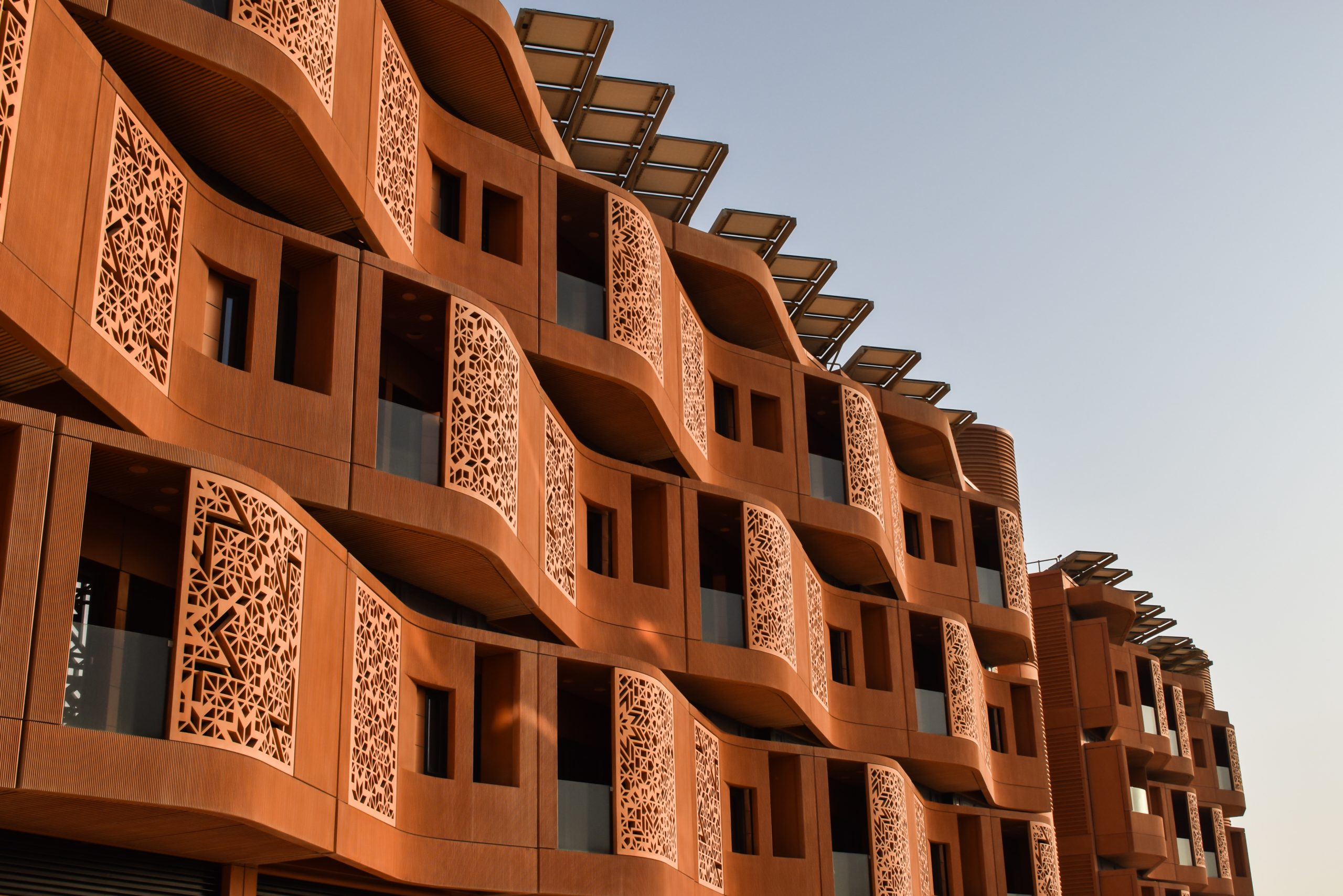
LEED Certification:
- Leadership in Energy and Environmental Design (LEED) certification has become a hallmark for sustainable buildings worldwide.
- Abu Dhabi’s real estate sector has seen a surge in LEED-certified developments, indicating a commitment to sustainable practices and environmental responsibility.
- LEED buildings are designed to minimize waste, reduce energy consumption, and provide healthier indoor environments for occupants.
Urban Planning and Green Spaces:
- Abu Dhabi’s sustainable architecture goes beyond individual buildings; it encompasses comprehensive urban planning that prioritizes green spaces, pedestrian-friendly pathways and sustainable transportation options.
- By creating vibrant, walkable neighborhoods with ample greenery with sustainable developments promote a healthier and more enjoyable urban living experience.

The rise of sustainable architecture in Abu Dhabi’s real estate sector is a testament to the region’s commitment to creating a greener with more sustainable future.
With a focus on energy efficiency, renewable energy integration, water conservation, LEED certification, green building materials and thoughtful urban planning, sustainable developments are reshaping the landscape of Abu Dhabi’s built environment.
As these eco-friendly practices continue to gain momentum, Abu Dhabi’s real estate sector sets an inspiring example for the rest of the world to follow in the pursuit of a more sustainable and environmentally conscious future.

